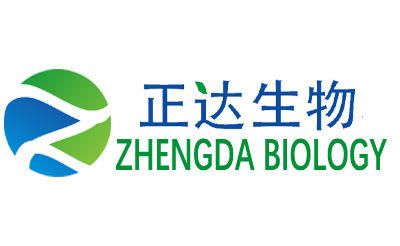Industrial Gelatin
Industrial Gelatin
Viscosity: Customized solutions
Particle Size: usually 8-60 mesh or custimized solutions
Package: 25kg/bag,PE bag inside, paper bag outside
Certification: FDA,ISO,GMP,HALAL,Kosher,Veterinary health certification
- Applications
- Key Properties
- Specifications
- Gelatin FAQ's
| Industry | Details |
|---|---|
| Matches | Used as a binder for match heads and the ignition mixture. Improves cohesion, drying, and ignition consistency. |
| Adhesives (Glues) | Core component in animal glues for: Wood bonding, Bookbinding, Furniture manufacturing. Offers strong adhesion, biodegradability, and reworkability. |
| Textile Industry | Used as a sizing agent to strengthen yarns during weaving. Enhances elasticity and reduces breakage in textile fibers. |
| Paper Industry | Serves as a surface-sizing agent and coating binder. Improves printability, ink holdout, and finish of specialty papers. |
| Metallurgy & Electroplating | Used as a grain refiner and stabilizer in gold or silver plating baths.Enhances smoothness and brightness of deposited metals. |
| Ceramics & Abrasives | Functions as a binder in ceramic and abrasive tool production. Improves moldability and cohesion of fine powders. |
| Photography | Historically used in photographic films and papers as a light-sensitive emulsion carrier. |
| Cosmetics (Non-ingestible) | Binder and film-forming agent in face masks, hair gels, and emulsion stabilizers. |
| Property | Description |
|---|---|
| Origin | Derived from animal hide, bone, or connective tissues |
| Form | Light yellow or brown granules or powder |
| Solubility | Soluble in hot water, forms gel upon cooling |
| Gel Strength | Varies (50–250 Bloom), depending on application |
| Viscosity | Adjustable based on process requirements |
| Purity | Lower than food-grade (not suitable for consumption) |
| Items | Control Standard |
|---|---|
| Appearance | Yellow or Light yellow granule |
| Smell | Odorless |
| Jelly Strength (12.5%) bloom g | ≥ 80 |
| Viscosity, mps | ≥ 25 |
| pH (1%, 40℃) | 5.5 – 7.0 |
| Ashes (650℃), % | ≤ 2.0 |
| Moisture, % | ≤ 14 |
| Transparency (5%, ℃), mm | ≥ 300 |
| Sulfur dioxide, mg/kg | ≤ 50 |
| Chrome, mg/kg | ≤ 70 |
| Heavy metals (Pb), mg/kg | ≤ 50 |
Q1: What is the difference between industrial and edible gelatin?
A: Edible gelatin is food-grade and safe for consumption, while industrial gelatin is intended for non-food applications due to different processing standards.
Q2: Is industrial gelatin biodegradable?
A: Yes, it is a natural, biodegradable material and considered environmentally friendly in industrial applications.
Q3: Can industrial gelatin be used in cosmetics?
A: It can be used in non-edible cosmetic products such as face masks, depending on the formulation and regulatory compliance.
Q4: How should industrial gelatin be stored?
A: Keep it in sealed containers in a dry, ventilated area, away from moisture, odors, and sunlight.
Q5: What forms is industrial gelatin available in?
A: Typically supplied as a dry powder or granules. It is available in bulk packaging suited for industrial handling.
Q6: Does industrial gelatin have an expiration date?
A: While it is stable for extended periods if stored properly, most manufacturers recommend use within 2–3 years from the production date for best performance.

The production is fully automated and precisely controlled to ensure the high quality and stability of gelatin products and the high efficiency and energy saving of the production process.
Production Process

Integrity, pragmatic, efficient, convenient, to provide customers with satisfactory service.
Phone: +86-136-4546-4777
Email: info@zhengdabiology.com








